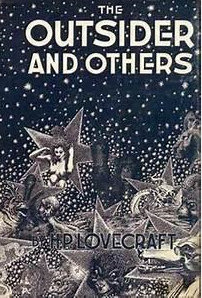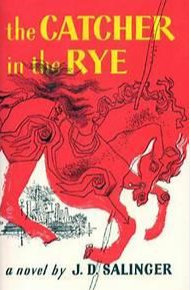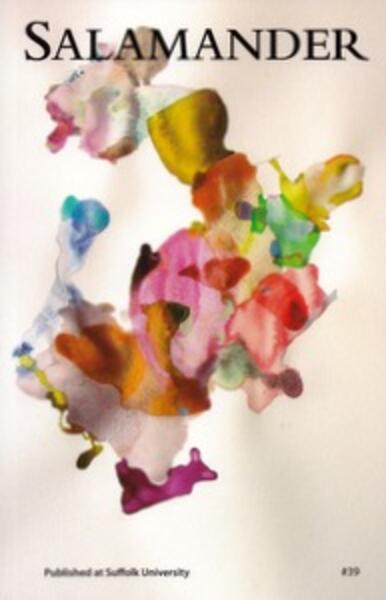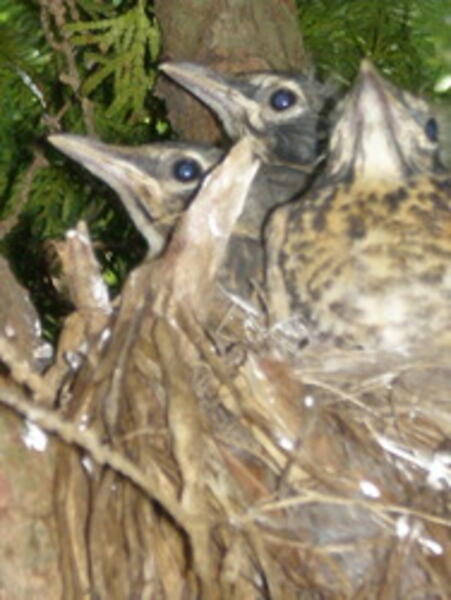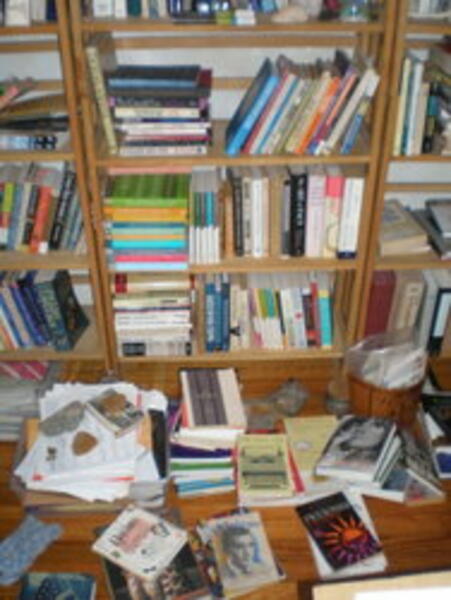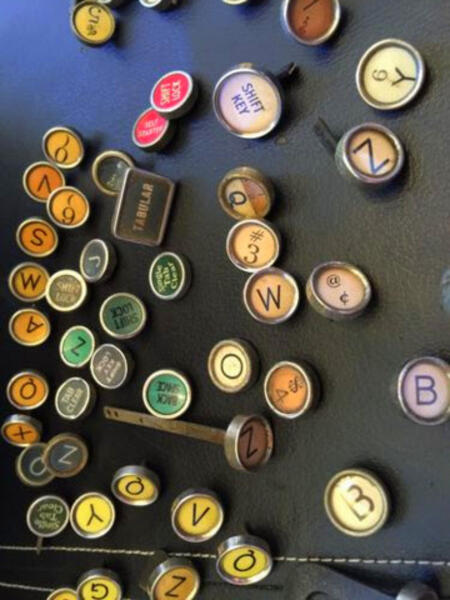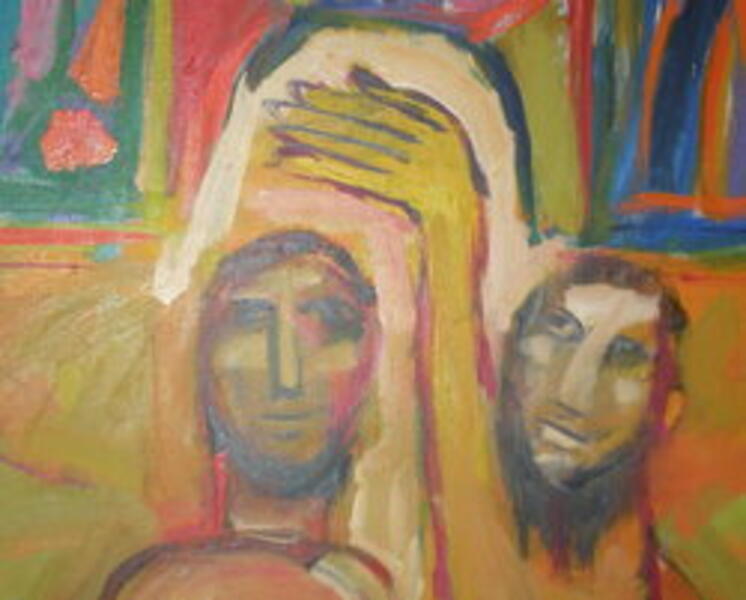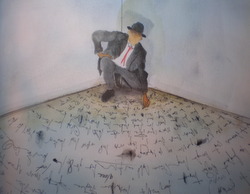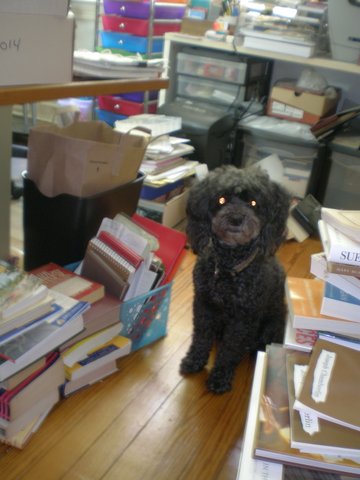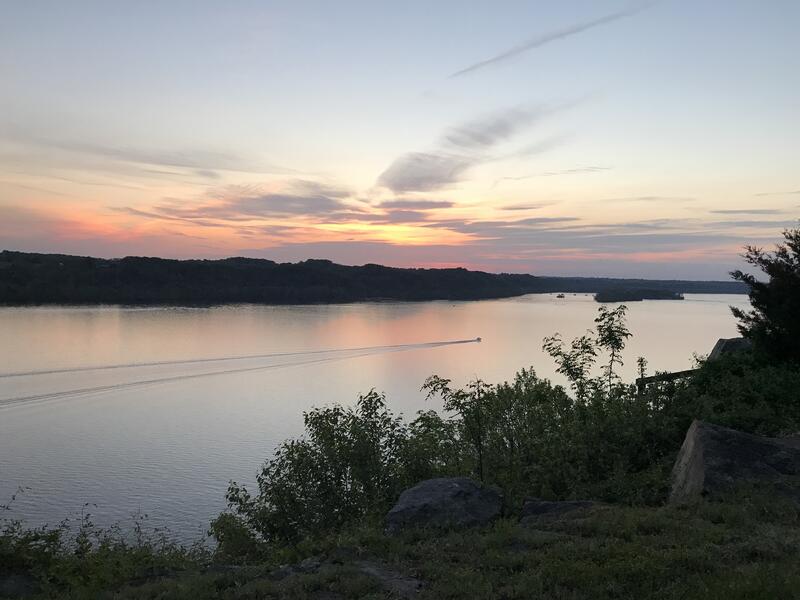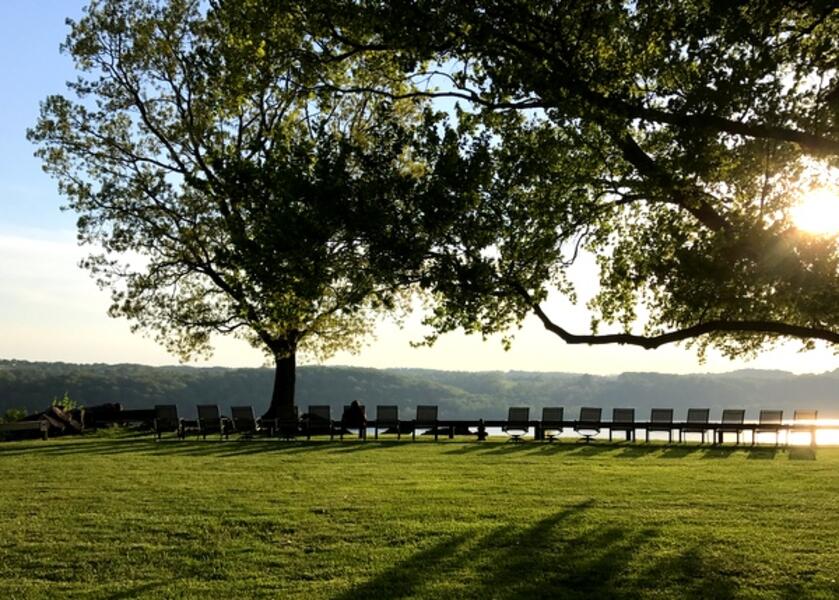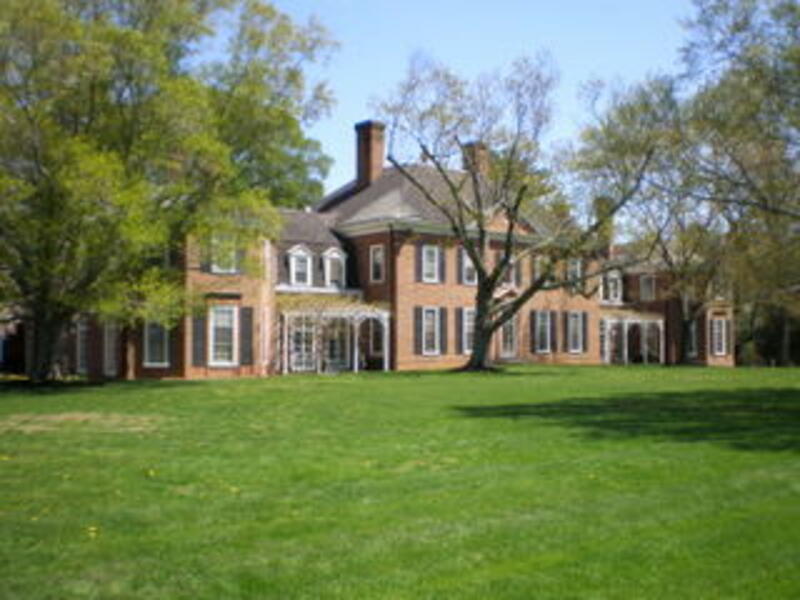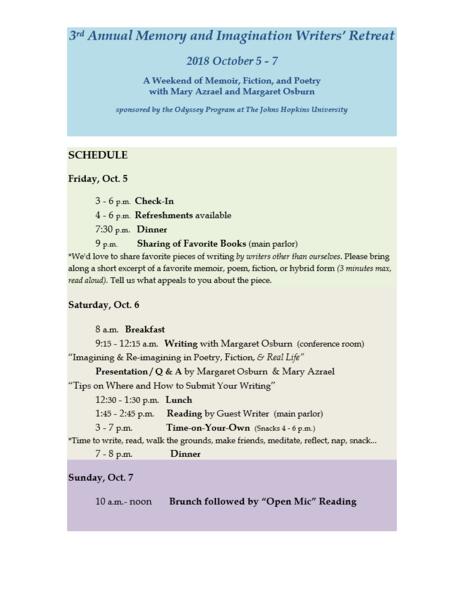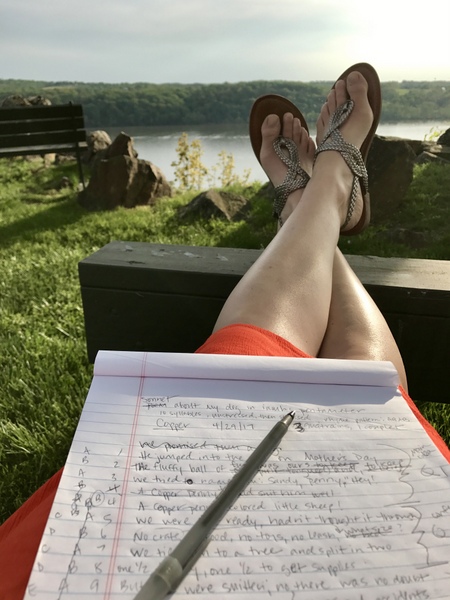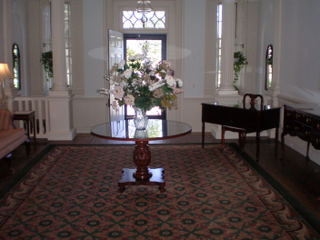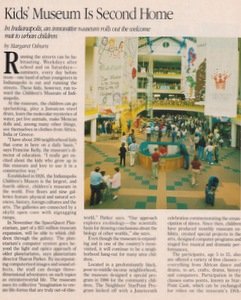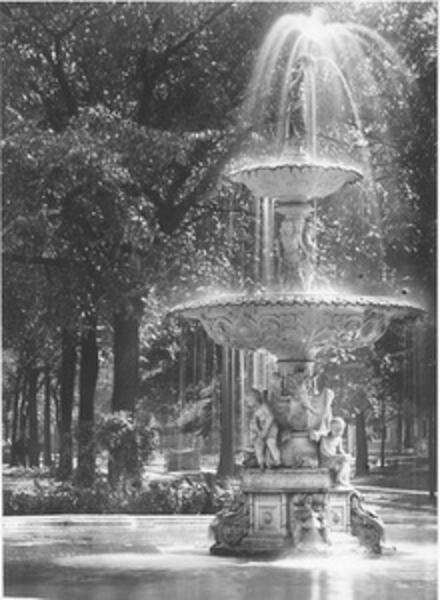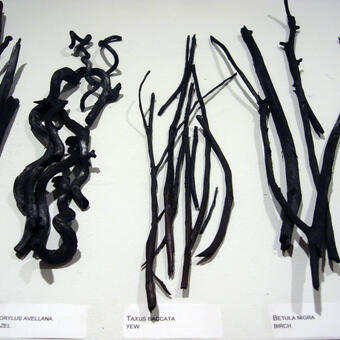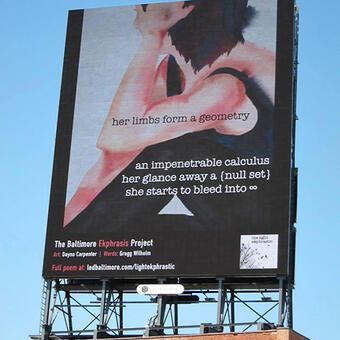Work samples
-
 short story, When Desire Can't Find Its Object.jpgVoice is the salient quality of this story--that, and the tightly packed details of a woman’s life, described as if through the lens of a camera. The storyteller is a restless amateur photographer “focused” on escaping the net of his marriage, factory job, and predictable hometown life. But what does he want? His new camera--a tool for a new way of seeing--excites him. And, he’s found a listener and kindred spirit in his best friend’s mother.“When Desire Can’t Find Its Object” was awarded 2nd place in the 2014 Salamander Fiction Contest and appears in Salamander 2015.
short story, When Desire Can't Find Its Object.jpgVoice is the salient quality of this story--that, and the tightly packed details of a woman’s life, described as if through the lens of a camera. The storyteller is a restless amateur photographer “focused” on escaping the net of his marriage, factory job, and predictable hometown life. But what does he want? His new camera--a tool for a new way of seeing--excites him. And, he’s found a listener and kindred spirit in his best friend’s mother.“When Desire Can’t Find Its Object” was awarded 2nd place in the 2014 Salamander Fiction Contest and appears in Salamander 2015. -
How Unlucky Are The Dead[ METAFICTION/ HUMOR ] “How Unlucky Are the Dead,” published 2018, Raleigh Review: Writing this story helped satisfy my desire to sit with the “ghost” of an iconic literary wit as well as examine the lasting relationships of readers to fictional characters—la memoire collective. EXCERPT: Once she’d stopped talking about herself, Mrs. Morse being a charter member of the Algonquin Round Table Society, and all that, she circled down her finger. My thought was she’d tired out her arm, but as Bish could see, there was meaning in that finger’s spiral. Next, Mrs. Morse dropped into a deep cushioned chair the color of artificial grass and pinched off a high-heeled shoe. That book jacket was rightfully hers, she said. Alan had purchased the book and she had a right to its jacket. She quick rubbed out a fit of crackly New York tears. “How like me to put all my eggs in one bastard.” (Click below to read full story. See Project THE JELLY WOMEN: A Novel.)
-
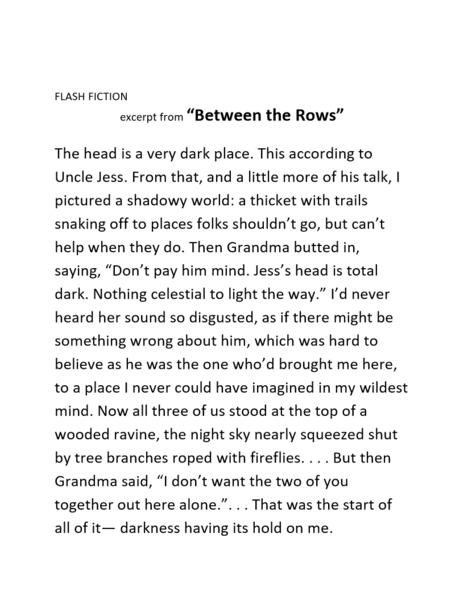 Flash Fiction, Between the Rows, Existere 2015.jpgThis excerpt from a 1,000 word story started from a word prompt (dark) and quickly wrote itself. It is written in the unrestrained singing voice of an innocent 13-year-old girl who’s traveled hundreds of miles to seek knowledge of her “long-lost daddy” and finds, instead, a world of increasing darkness, real and metaphorical. “Between the Rows” appears in Existere, 2015, and in THE JELLY WOMEN novel: SEE PROJECT BELOW.
Flash Fiction, Between the Rows, Existere 2015.jpgThis excerpt from a 1,000 word story started from a word prompt (dark) and quickly wrote itself. It is written in the unrestrained singing voice of an innocent 13-year-old girl who’s traveled hundreds of miles to seek knowledge of her “long-lost daddy” and finds, instead, a world of increasing darkness, real and metaphorical. “Between the Rows” appears in Existere, 2015, and in THE JELLY WOMEN novel: SEE PROJECT BELOW. -
JELLY WOMEN 6 pgs excerpted.pdf[ HUMOR/ MOSAIC STORY STRUCTURE ] "The Jelly Women," published 2016, CALYX: “How many cherries are enough?” I’d gotten fast into jelly making. Bish watched as cherry juice sluiced over my new calluses and into a substantial wash pan where we pitted a bounty of cherries taken from a small wormy tree. Even as the pits pinged against the pan’s aluminum sides, the out-of-doors ruckus continued. We’d stolen what was ours from a flock of angry jays. We watched through the kitchen screen as they dive-bombed—who?—and the air turned the bright blue of stained glass. Bish looked hard at me, not bothering to say we had more than enough for our needs. (Click below to read more. See Project THE JELLY WOMEN: A Novel)
About Margaret

THE JELLY WOMEN: A Novel
Read a complete chapter of THE JELLY WOMEN, "How Unlucky Are the Dead," in the Work Samples above, along with excerpts from two other of the most recently published short stories linked to this project: "Between the Rows" and "The Jelly Women."
-
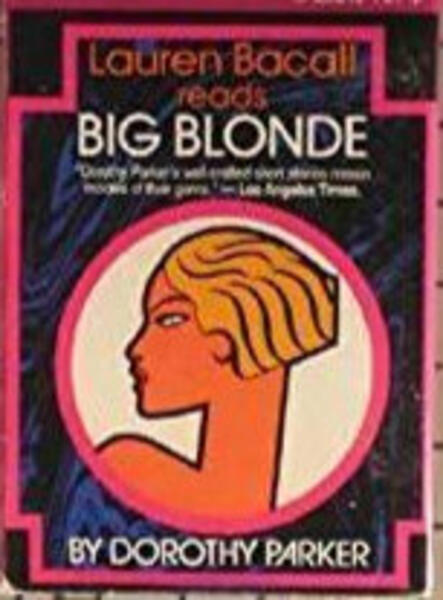 Big Blonde by Dorothy Parker
Big Blonde by Dorothy Parker -
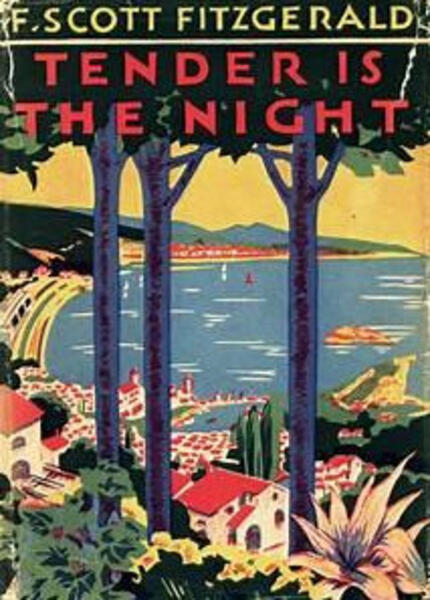 Tender Is The Night by F. Scott Fitzgerald
Tender Is The Night by F. Scott Fitzgerald -
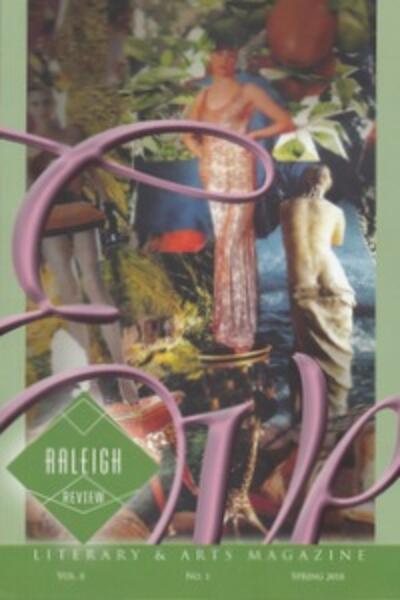 Raleigh Review, Vol.8, No.1
Raleigh Review, Vol.8, No.1 -
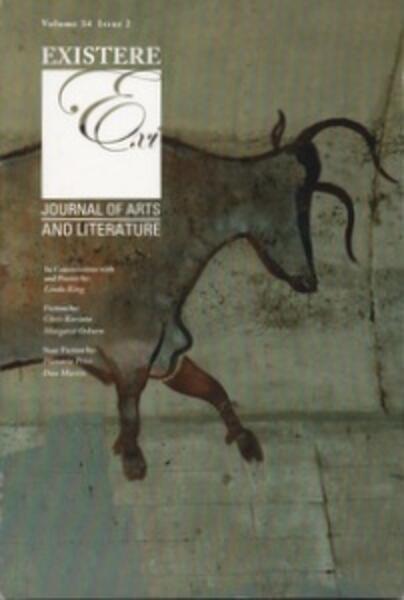 Existere, Vol. 34, Issue 2
Existere, Vol. 34, Issue 2 -
 The Outsider and Others by H.P.Lovecraft
The Outsider and Others by H.P.Lovecraft -
 The Catcher in the Rye by J.D.Salinger
The Catcher in the Rye by J.D.Salinger -
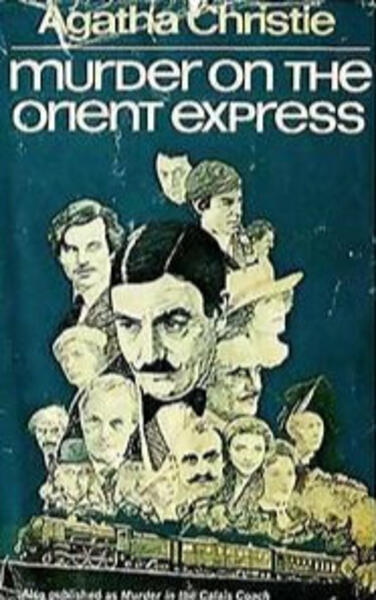 Murder on the Orient Express by Agatha Christie
Murder on the Orient Express by Agatha Christie -
 A Crack in Space by Philip K. Dick
A Crack in Space by Philip K. Dick -
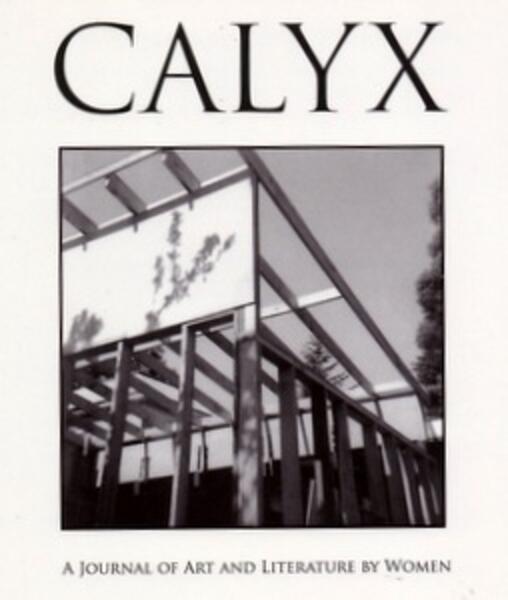 CALYX, Vol.29, No.2
CALYX, Vol.29, No.2 -
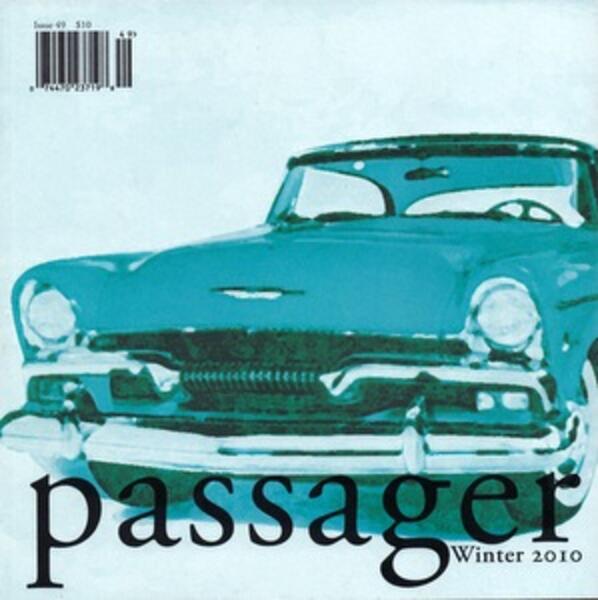 Passager, Issue 49
Passager, Issue 49
WHEN DESIRE CAN'T FIND ITS OBJECT: Stories About Confused Relationships
Ten stories comprise this collection. The title story made its "debut" at a Summer Writers Conference at Johns Hopkins where minimalist New Yorker short story writer Mary Robison deemed it "brilliant and risky" in a note to the Writing Seminars, and novelist and short story writer Robert Bausch called it "pure poetry" in a note to me. I continued writing fiction and setting it aside as I pursued necessary writing and editing income--and an ever more time-consuming quasi-career I loved. I'd accepted an opportunity offered by Hopkins to teach memoir and fiction writing in their Odyssey program. . . Time passed. I unearthed this story and submitted it. "When Desire Can't Find Its Object" won second prize in the 2014 Salamander Fiction Contest, judged by novelist Jennifer Haigh; editor Jennifer Barber wrote to me, saying I should be "proud," that there were "hundreds of strong entries" that year. Mine was published by Salamander in 2015. Eight other stories in this collection yet await submission. This leaves the one other to leave home: returned with a winning handwritten note from Esquire. Best rejection I ever got.
ARTIST STATEMENT: "On Burning Down the House"
My own desire to see inside heads has plagued and motivated me from childhood throughout my writing career. It is also what gave me pause mid-way to think that, despite competence as a writer, perhaps I could accomplish greater good as a social worker or psychologist.
As a talk therapist, I could put my interviewer skills to work, closely listening and asking questions that would support individuals like myself who seek answers hidden in life stories. So in that season of rethinking, I began to re-school, to prepare myself for the pursuit of advanced degree(s) in psychology; this, even as I continued to write for a living. Then something providential happened, I was accepted into a summer fiction writing workshop at Johns Hopkins University (JHU) and thereafter invited to teach in the JHU Odyssey program and then their Osher and then their undergraduate programs. Then Smithsonian Associates called. ...My vocation had found me, even if “lecturer” or “adjunct” and “honorariums” didn’t pay the bills. But from that time, my life as a writer would evolve to higher levels of literary inquiry and emotional richness as a teacher and coach. And writing, as my student writers are quick to point out, is cheap therapy. So I feel I am helping people accomplish what’s worthwhile.
Over the past 30 years I’ve listened to and read, and read again, astounding stories by people who have lead the most wildly adventurous, calamitous, inventive, or normal of lives. I’ve encouraged and counseled. I’ve squiggled and marked up pages like a zealous Jackson Pollock, providing honest, perhaps tough feedback, pushing new writers to improve their craft, and encouraging seasoned writers to take bigger risks. With every story, I want the writer to know her tools, make decisions, take control. Plumb the depths. Find insight. Experience epiphany.
Tall orders, yes.
And, at the very least, I want the writer to know and remember that she has permission to write. That the reward to writing will be more than the remembering and recording. That with any luck at all, she will discover an element of surprise, a personal insight--and there will be a thrill to it.
I’ve incorporated into my own writing process, much of what I teach. So let’s say I know the tricks for getting a piece of writing started, have gotten to know my story characters, decided on a story problem and, probably, have conceived of a basic design or structure, which will help me with how I approach and develop what I feel is of greatest importance to the story, even before I know the story’s actual course of events (unfathomable, I know, but not).
For my short story, “When Desire Can’t Find Its Object,” I chose description as the primary development strategy. In writing about identity and desire, not necessarily romance, the visual images (the objects) provide the psychological subtext, a changing venue of ephemeral connection.
All objects and places are haunted. This becomes clear in The Jelly Women linked stories and novel. The entrepreneurial grandma attaches stories to the items for sale in her store. Through her storytelling, objects are exposed and prized for their past lives.
Throughout my writing process, which includes throwing words out on their ears when they don’t sound quite right or don’t add meaning, I keep peeping into that flotsam that blurs my street vision to pull out curious bits--don’t ask me where they came from. It’s dreamlike in there and bits are shape changers. But I’m happy to examine each for texture and substance and then watch and listen as one bit mixes it up with the others. Mostly, it’s after I’ve given the bits an essential work methods pep talk (that everything will be ok, that it’s ok, that it’s really ok) that surprising, unknowable things happen. And that’s the beauty of it--the surprise of how far the subconscious pushes itself into your story--and what it might have to say. For instance, there is nothing in these stories I’ve written that is true about me. Or is there?
I’m still sorting that out...
One last confession, a practical matter really: before I sit to write, I must find a comfortable writing chair, all the while resisting the temptation to jump up, for all the distractions, and burn down the house.
My house’s out of the ordinary
That’s right
Don’t want to hurt nobody
Some things sure can sweep me off my feet
Burning down the house
TALKING HEADS, "Burning Down the House," Speaking Tongues album
ANNUAL JHU WRITERS' RETREAT: Poetry, Memoir, & Fiction
In 2016, 2017, and 2018, we did just that. And, we are now planning a 4th annual, three-day “Memory and Imagination Writers’ Retreat.” We believe the opportunity to mingle with other writers in a supportive writing environment (no meals to cook, no beds to make) inspires great writing.
MAGAZINES: Folk Arts, Crafts, Cultural Traditions, & Museums in Words & Photos
The idea for The Jelly Women novel came about on my travels as a freelance writer/photographer; in fact, these travels, in subverted forms, have worked their way into much of my fiction writing.
Work process: Kodachrome + shorthand, followed by “Word Perfect” & magazine submission by snail mail. My freelance career began after a few years as a staff reporter on Indiana newspapers. Increasingly drawn to the South for its “mystery and manners,” as Flannery O’Connor would say, and for its treasure trove of traditions and distinctive folk arts, I drove to Louisiana and back, to South Carolina and Florida and Georgia and back. I’d found a way to immerse myself, short-term, in worlds otherwise off-limits:
- Courir de Mardi Gras in rural south Louisiana (Cajun Mardi Gras on horseback--no women allowed)
- Mardi Gras Indian parades (Black Creoles on New Orleans’ inner-city streets, marching, dancing, singing, reveling in spectacular beaded and feathered, 100 + lb. hand sewn suits--few whites, 1800s to now, are witness)
- Gullah sweet grass basket making in Mt. Pleasant, South Carolina (a community of Gullah-speaking basket makers eager to sell-- reticent to talk)
- A day with a self-described southern “cracker” in a Florida swamp (an oddball roadside tourist attraction--behind the scenes of a cypress knee museum)
- New Orleans premiere papier mache artist Joe Barth (his 400 handmade floats on the streets--his thousands more sculptures in the warehouse)
The artwork, histories, personal stories, and techniques of folk artists inspired my endless curiosity and greedy visual appetite.
Two of the national magazines I most enjoyed working with--for subject matter and photo spreads--were Americana and American Visions: The Journal of Afro-American Culture. American Visions was a sister to The Smithsonian magazine and housed at the American History Museum and then at the Frederick Douglas House. There were others: Collectibles Illustrated (subject: a dazzling private collection of rare, stained and painted window glass, circa 16th to 19th centuries); Yankee (subject: cast iron restorations, including the giant gate to New York’s Central Park and Savannah, Georgia’s Forsyth Park fountain). Small- to mid-size national magazines and newspapers, including The Chicago Tribune and The Washington Post published the work.
-
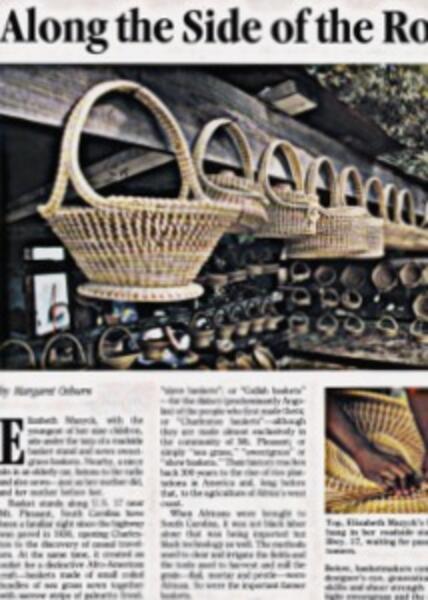 Gullah Sweet Grass Baskets, AMERICAN VISIONS/Margaret Osburn, writer/photographer
Gullah Sweet Grass Baskets, AMERICAN VISIONS/Margaret Osburn, writer/photographer -
 Black Mardi Gras Indians, AMERICAN VISIONS/ Margaret Osburn, writer
Black Mardi Gras Indians, AMERICAN VISIONS/ Margaret Osburn, writer -
 Indianapolis Children's Museum, AMERICAN VISIONS/ Margaret Osburn, writer/co-photographer
Indianapolis Children's Museum, AMERICAN VISIONS/ Margaret Osburn, writer/co-photographer -
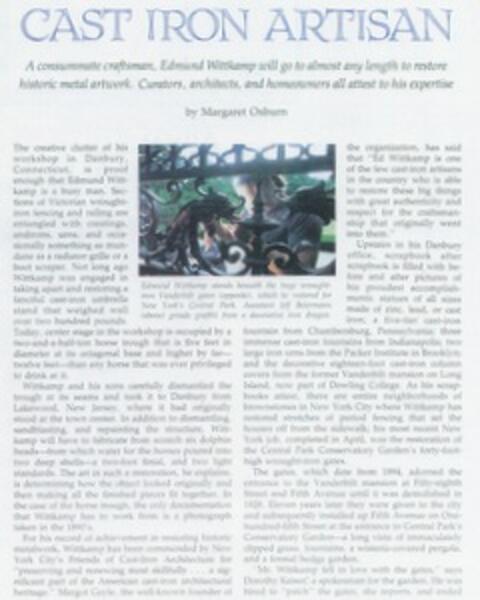 Cast Iron Artisan, AMERICANA/Margaret Osburn, writer/photographer
Cast Iron Artisan, AMERICANA/Margaret Osburn, writer/photographer -
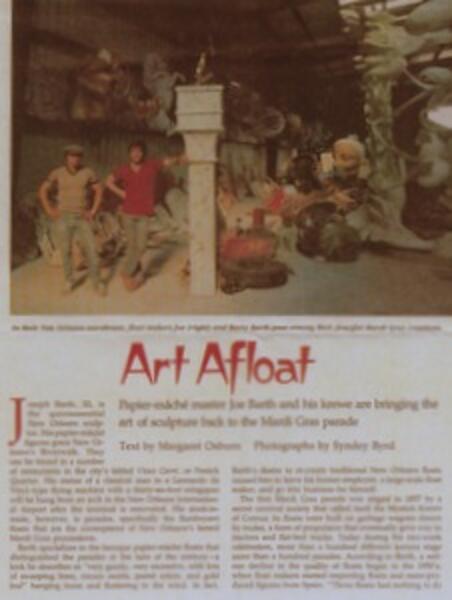 Mardi Gras Papier Mache Sculptures, AMERICANA/Margaret Osburn, writer
Mardi Gras Papier Mache Sculptures, AMERICANA/Margaret Osburn, writer -
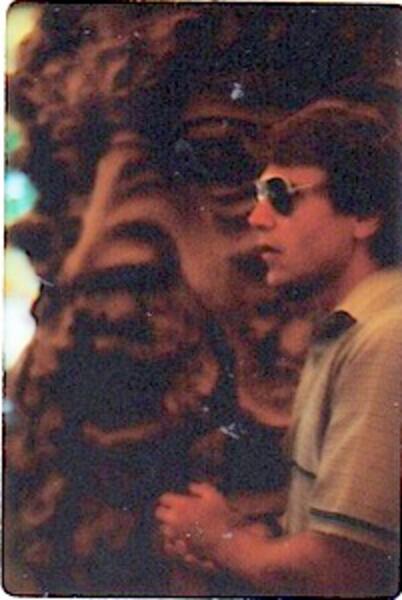 New Orleans papier mache sculptor Joe Barth/Margaret Osburn photographer
New Orleans papier mache sculptor Joe Barth/Margaret Osburn photographer
FILM: ONCE THERE WAS A CITY / The Magnificent Ambersons by Booth Tarkington
Traces the history of the setting that inspired Booth Tarkington's The Magnificent Ambersons
Writer / Cinematographer: Margaret Osburn
FILM CONTENT: The Magnificent Ambersons, Booth Tarkington’s Pulitzer Prize-winning novel (publ. 1918), tells the story of the declining fortunes of the most wealthy family in Indianapolis, Indiana, and the unfortunate social changes brought about by the automobile. (At that time, Indianapolis was the center of luxury car manufacturing.) The setting for Tarkington’s novel is Woodruff Place, the nation’s first European-style residential park. This park, a six-block city of massive Neo-Jacobean mansions, many with ballrooms, was developed in 1872, roughly one mile--about an hour by wagon--from the center of Indianapolis. For protection against livestock being herded to market, the developer surrounded his opulent residential park with a short stone wall making it difficult, if not impossible, for pigs and cows to enter and drink from its nine European-style fountains (one on every corner). The largest of the fountains (three-tiered) has been authenticated as either the same or an exact replica of the fountain on display at the Philadelphia Centennial Exhibition (1876). Woodruff Place, with its nine fountains and close to one-hundred cast iron urns and statues gracing its tree-lined esplanades, remained incorporated as a city long after Indianapolis had engulfed it in urban sprawl. The six-block city only lost its battle against annexation in the late 1960s when the Supreme Court refused to hear its case. Woodruff Place has been on the National Registry of Historic Places since 1972.
WRITING & FILMING THE SCRIPT: Before there was a script there was research. I began this phase of the project at The Indiana State Library and The Indianapolis Star newspaper “morgue.” News accounts, ephemera, and photographs featuring the development, decline, and re-gentrification of Woodruff Place, the opulent setting that inspired Tarkington’s novel, were in abundance, dating back to the 1800s. Indianapolis history, in particular the history of Indianapolis as the nation’s seat of luxury car manufacturing (1910-1930s), and the critical housing shortage post-WWII were among critical avenues of inquiry. Following archival research, I interviewed local government and civic leaders, long-time Woodruff Place residents, and American historic preservationist and author Margot Gayle of New York City. As might be expected, this research phase--the prewriting of the script--took far more time than the actual scriptwriting.
Scripting and filming, to some extent, went hand in hand. Filming began at the Star newspaper with photographs selected from a large cache of beautiful, mostly unpublished, turn-of-the-century, black-and-white 8x10s; filming involved slowly panning the photographs with the 16mm movie camera and/or slowly zooming the camera lens to give life (movement) to the still images. Later, with my completed script in hand, the film editor integrated these frames, and others, with the full-color moving-footage I'd shot of the Woodruff Place environs. (I found handling the camera to be the most challenging aspect of making this film, as the 16mm, self-wind Bolex movie camera tended to wind down before I could smoothly complete my hand-held panoramas.) Editing went according to script. The film’s narrator tells the chronological story of “a city within a city.” Long-time, older residents share memories: fountains and statuary intact, houses not yet split into apartments, community lantern parties and Fourth of July celebrations-- with children’s boat races in the pool of the three-tier fountain--common, as were horse-drawn sleighs giving passage down narrow winter streets. These nostalgic notes, placed at the start and end of the film, are used “voice over” the images of joyful children (historic and current) who play in or near the fountains. (Project funding came from the Indiana Committee for the Humanities and the Indianapolis Historical Society.)






